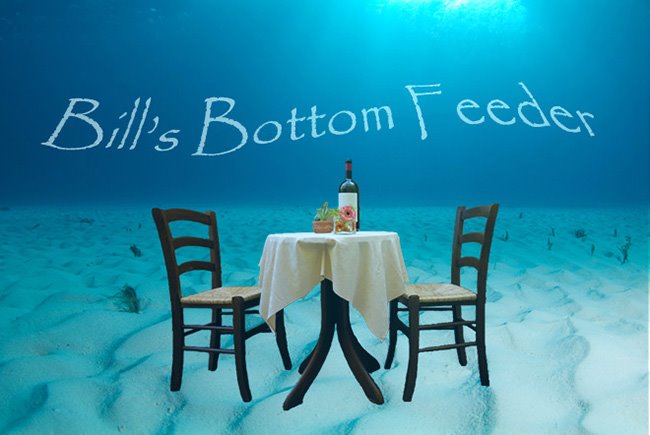Time is marching on,
so maybe we’ll adopt a “small plates” approach and dole out little bites
instead of a complete meal….
One of the places we stopped was in the little town of
Villedieu – les – Poéles, because of a particular place there. A hint is apparent on the town square
In particular the
Quick French lesson; Atelier translates as “Studio” or “Workshop”, and Cuivre is “Copper” ; So you go down the little tunnel to the little shop
and upon entering, you are presented with a dizzying slice of culinary heaven
Anybody who studies about or does serious cook, knows that copper
is the ultimate material for cooking equipment. This place is one of the oldest fabricators
of copper cookware still in operation in France. You appreciate it not only for its obvious beauty, but mostly for its cooking properties (which
we’ll talk about that in a bit). Just look at those things. Enough to make you swoon! (as are the price
tags, but who cares). You pick up one of
the pans, and the first thing that strikes you is how heavy they are. Beautiful things.
We were given a tour of the workshop, preceded by a very informative introductory
talk, from a lady who was a Brit, so language was not a problem
She talked about the reason
that copper is the preferred material for cookware is because of its superior heat
conducting properties. For instance,
when a pot is used made of another material with less heat transfer properties, the temperature of the (sauce pan)
decreases the farther from the heat source.
That is, as you move toward the top of the pot, it gets cooler. In a sauce with say, butter, the fat will
migrate away from the hottest part to the cooler, resulting in separation and
breaking. She claimed that with copper,
the temperature remains pretty much constant from bottom to top. Said you could leave your sauce overnight on
heat and it would never break. That’s
what she said. Their pots are lined with tin, and now they are making some lined with
silver.
After the demo, we moved into the workshop. One might say we also moved back in time
The pan starts its life as a disk of copper that is mounted
to the lathe (above) and gradually formed into a vessel
No automation here, it is all in the hands and skill of the
artisan. After the pot is formed, it is
moved over to another station for more hand work. You know when you look at some bowls they
have dimples on the side? She explained
how they do it
For the size of pan he is working on, there are about 4000
strikes of his hammer
Ping! rotate… Ping! rotate… Ping! rotate… Ping! rotate... Ping!
rotate… Ping! rotate… Ping! rotate.. Ping! rotate… Ping! rotate… repeat this four thousand times and you have
a finished product. Oh, and they were
all in neat rows, evenly spaced. Amazing
process. All by hand for the most
part. Besides the cooking products, they
also do art pieces, we saw a complete bathtub, which she said was around
250,000 Euros. I was struck by the fact
that the two workers we saw were not young.
I asked if they were working younger apprentices into the business and
she said it was hard. Nobody wants to do
that anymore.
Their cookware is famous; it has its own registered watermark,
and is used in kitchens throughout France. And MFO made sure that it will be used in
kitchens throughout the Digs..
What a unique opportunity.
Another reason why we like to visit France.
On our way back to the
little bus, I ran across this sign
With my expert command of culinary French, I assumed the “derriere”
was a reference to the anatomy of the swine (with Andouille), but alas, our guide
informed me that it meant something like 100 meters behind there is a store
that makes sausages.. Oh, well..
Our next stop was Mont Saint-Michel














No comments:
Post a Comment